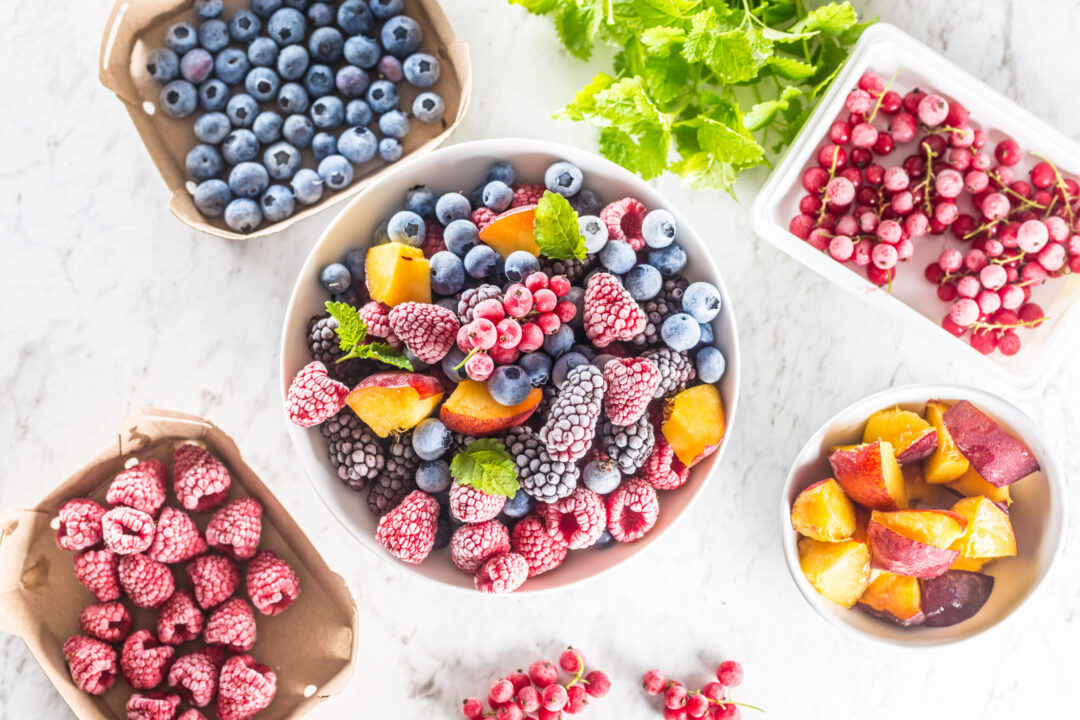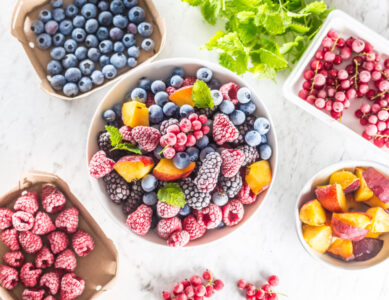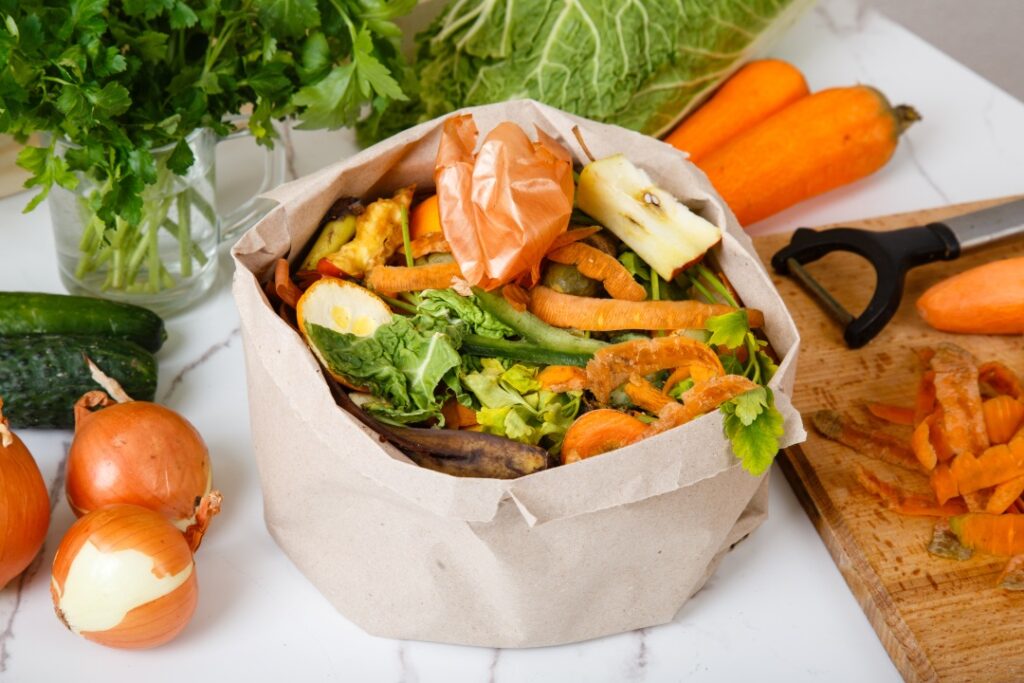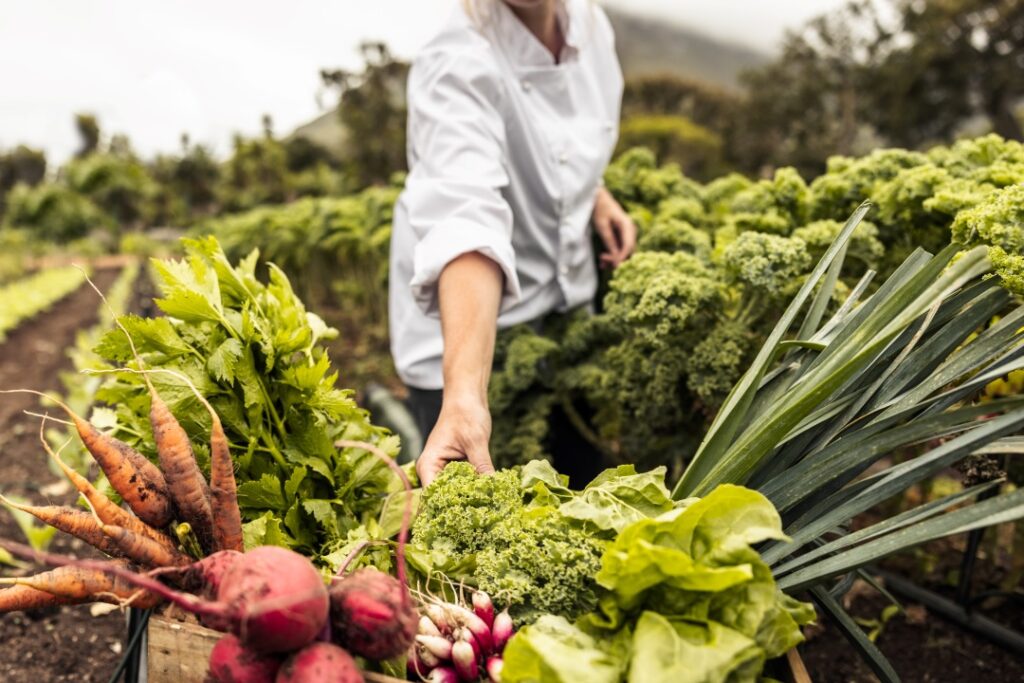Summer is here and that means fresh fruit and vegetables galore. Maybe you grow your own vegetables in the garden and know the problem: everything ripens at once and you can't keep up with harvesting and processing. Or maybe your eyes were bigger than your stomach and you bought too much?
No need to fret, because you can easily freeze fresh fruit and vegetables. If you follow our simple tips and tricks, you can even preserve vitamins so well that frozen food comes close to fresh food in terms of nutrient content.
Blanching - for fewer germs and more vitamins
In general, the sooner fruit and vegetables are frozen after harvesting, the more vitamins are preserved.
To retain as many vitamins as possible, blanch your vegetables before freezing. Cut the vegetables into small pieces and put them in boiling water for 1-4 minutes. Then simply rinse them in ice water. This stops the cooking process and ensures that the vitamins and colour are preserved. Other advantages of blanching: Adhering germs are killed, which extends the shelf life. In addition, the cooking time is shorter when you defrost the vegetables again and want to process them. You can actually blanch almost all types of vegetables, especially firm vegetables such as carrots, green beans, peas or broccoli, but also spinach leaves. With light-coloured vegetables, such as cauliflower, you can add a little vinegar or lemon juice to the water to preserve the colour and prevent brown spots.
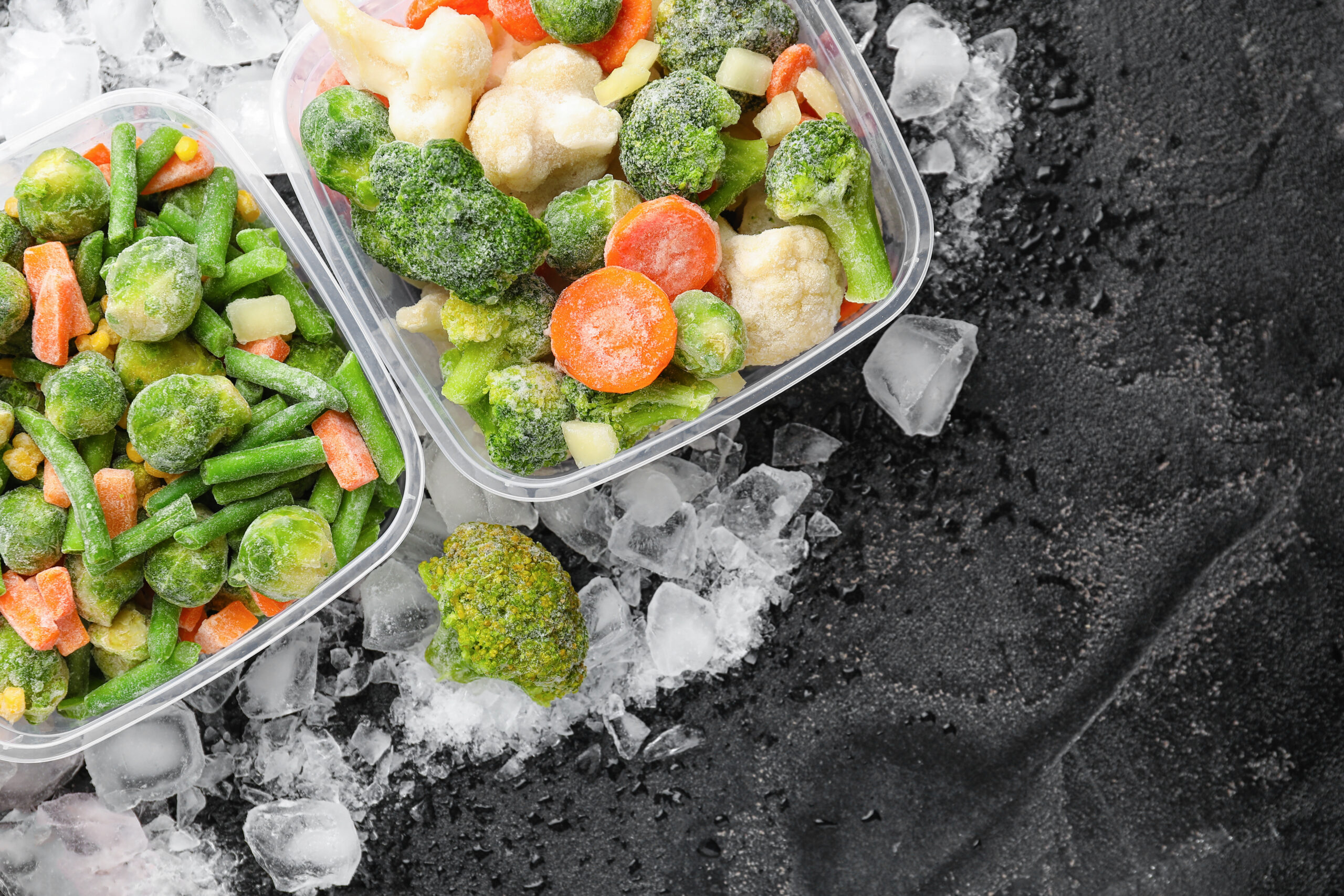
You can also freeze a few vegetables raw: Mushrooms, courgettes and kitchen herbs, for example. Our tip for herbs: Cut them into small pieces and put them into ice cube trays with a little water. This way you have perfectly portioned herb cubes that you can then put directly into the pan or pot.
Asparagus should not be blanched. Cucumbers, radishes, tomatoes and onions become soggy when thawed, so it is better to freeze them in a processed state. Also, make sure that the vegetables are as dry as possible before freezing them. So just put them on a kitchen towel after blanching or washing and pat them dry.
Frozen fruits - soothing cooling in summer
Many types of fruit can also be frozen well. We love fresh berries in summer, but unfortunately they don't keep for long, so freezing is a good alternative. To avoid them freezing into a big bunch, place the berries side by side on a tray or shallow dish and put them in the freezer for a few hours. When they are frozen, you can transfer them to another container. This way the berries keep their shape and can be thawed individually. Frozen berries make a refreshing smoothie in the summer or spice up your Muesli and cool you down at the same time.
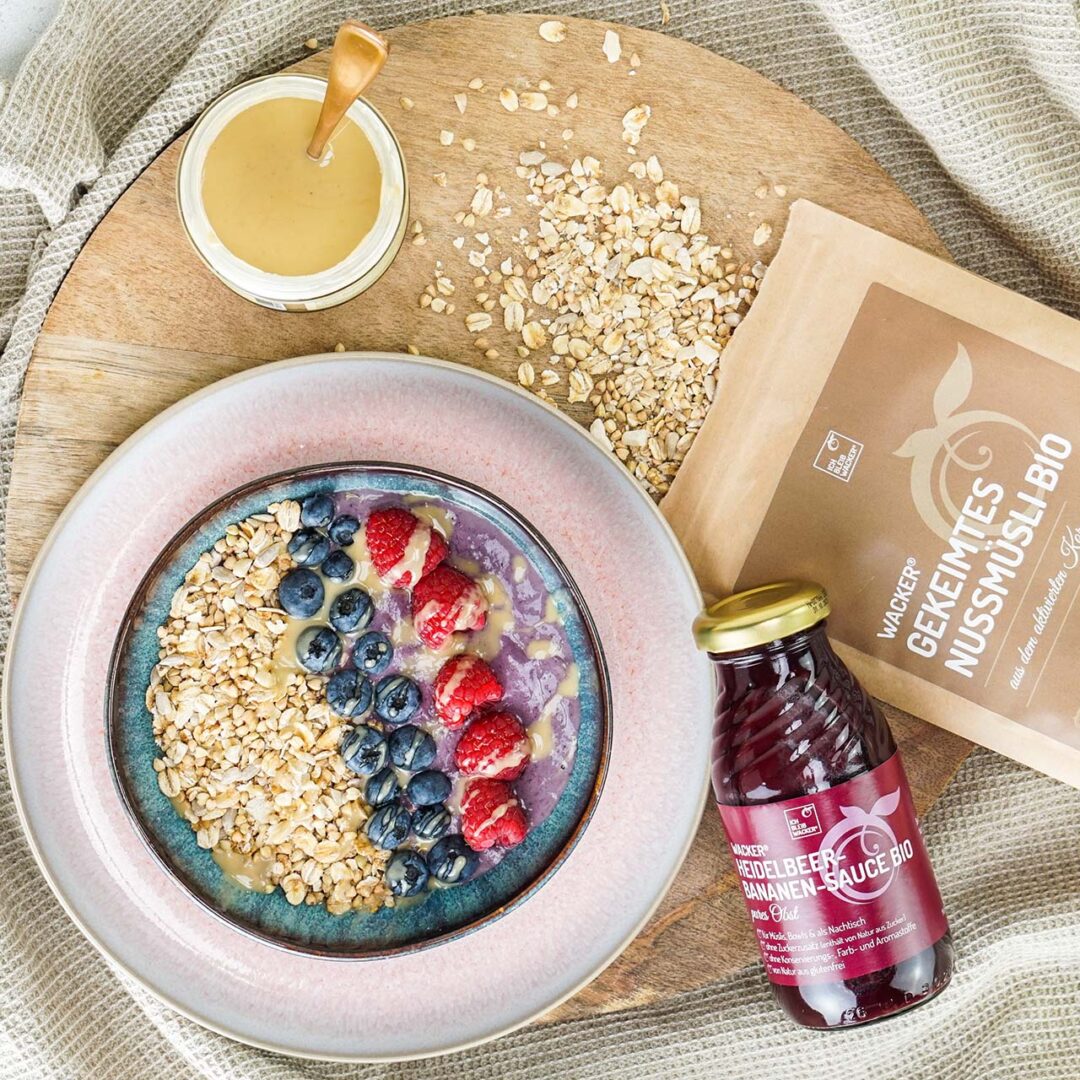
Which muesli is your favourite? Try our 5 varieties!
Apples and pears lose their crunchy texture when frozen, but can still be frozen pureed or cut into small pieces. They are great for making mush or for baking, for example.
The same applies to bananas, they become very mushy after defrosting. But that doesn't matter: you can make delicious smoothies, for example, Nicecream or Banana bread from them. Only freeze bananas when they are ripe and ideally without the skin, then it will be easier for you to defrost them.
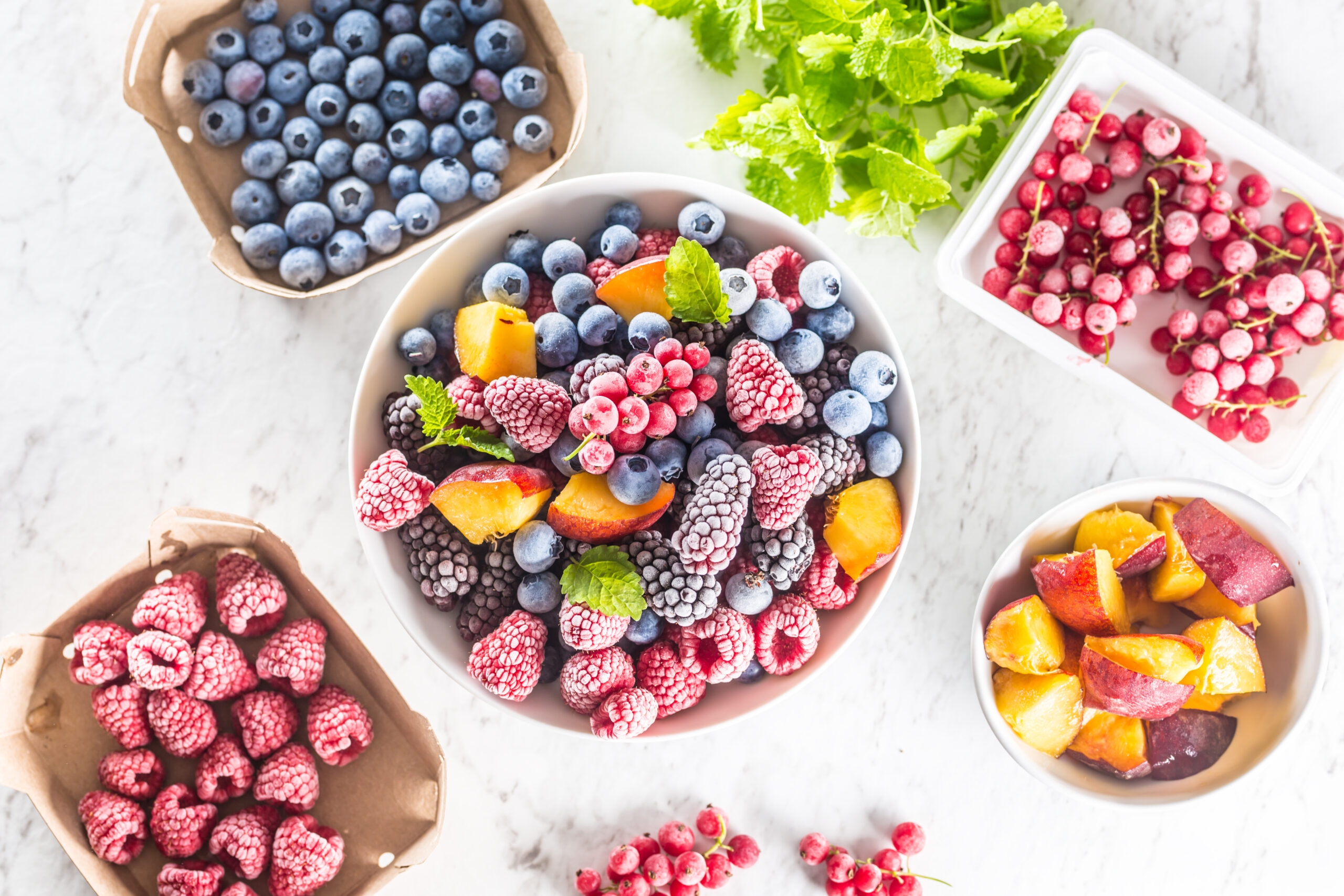
Pack correctly
To prevent freezer burn and other quality losses, there are a few things you should keep in mind when packing. Pack the food in small waterproof and airtight containers, such as freezer bags or Tupperware containers, which can be sealed tightly. You can usually tell if a container is suitable for freezing by looking for a snowflake on the container. The less air in the container, the better!
And what about durability?
Fruit and vegetables can be kept frozen for 6-12 months. If you follow our tips for freezing, not much can happen afterwards, because germs and bacteria have been killed. Generally speaking, if the food still smells good, you can still eat it. The only thing that can happen is a loss of taste and appearance.
Breakfast with cooling down?
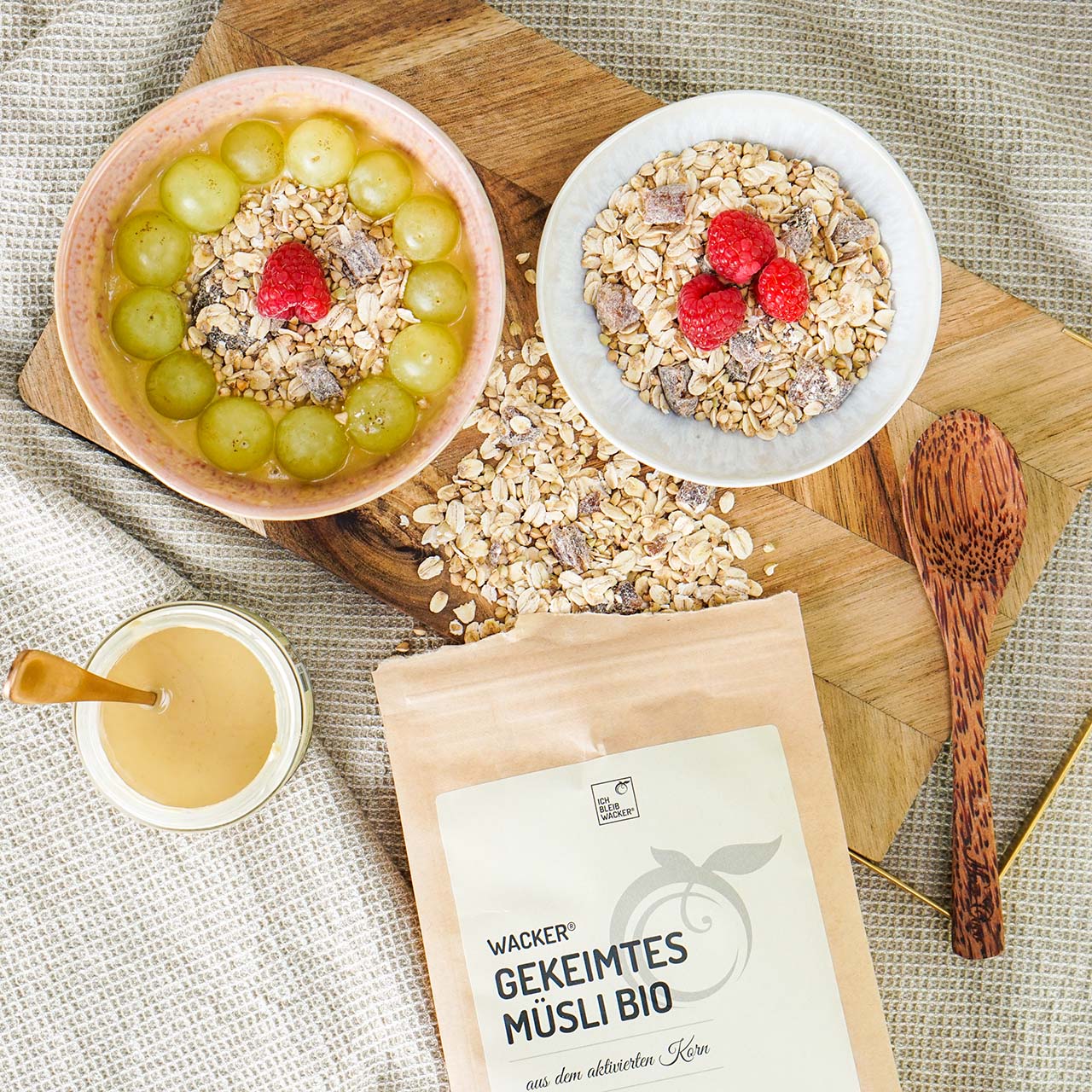
Ingredients
- 1 Banana frozen
- 1/2 Bottle Wacker Apple Mango Sauce Organic
- 1 EL Wacker Cedar Nut Puree Organic
- 5 EL Wacker Sprouted Muesli Organic
- a few Grapes
- a few Raspberries
Instructions
- Puree the frozen banana together with the apple-mango sauce and the cedar nut puree until the mixture is nice and creamy. If you don't have a frozen banana, you can also use a fresh one.
- Pour the Nicecream into a bowl and top with the sprouted muesli and fresh fruit.
Sources: NDR, Consumer Advice Centre Bavaria, Federal Centre for Nutrition, Research and knowledge
Image Frozen vegetables: Adobe Stock, Pixel Shot, #402426503
Image Frozen fruit: Adobe Stock, weyo, #276724702
